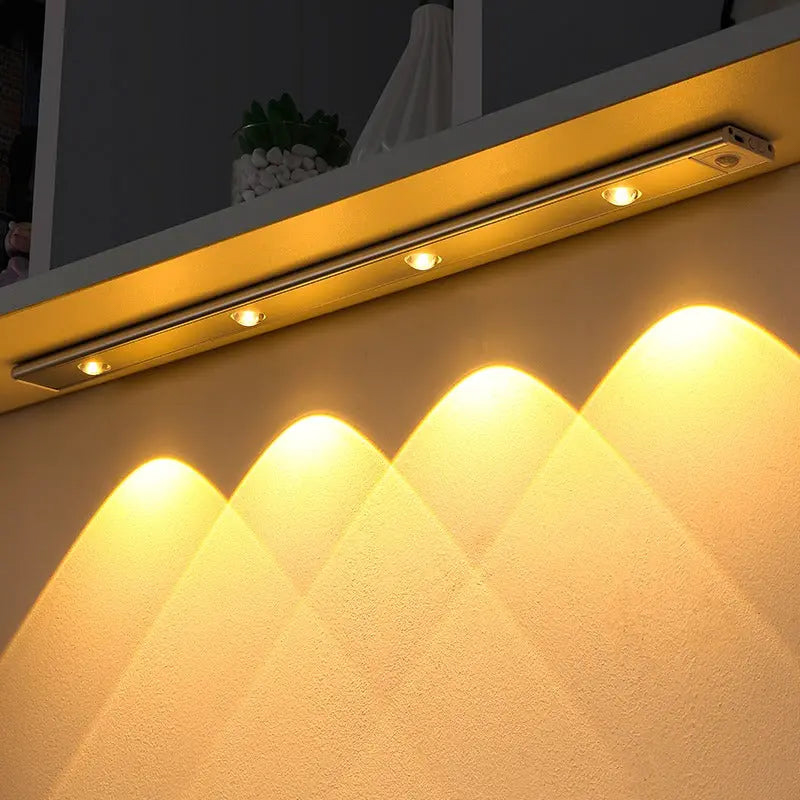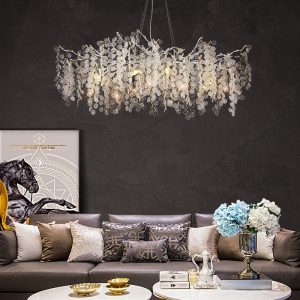
A kitchen vent hood whisks smoke, steam, grease, and other fumes away to keep your indoor air clean. Also known as a range hood or a cooktop hood, it helps reduce moisture and other byproducts of cooking, which include carbon monoxide, nitrogen dioxide, and volatile organic compounds (VOCs).
A vent hood is installed over your stove and works with an exhaust fan to remove the unwanted byproducts. The hood’s motor-powered fan draws the polluted air into a ventilation system, where the grease and other particles are caught in filtering systems and expelled outside through ductwork. Some vent hoods also have make-up air devices, which bring in fresh air from outside to replace the polluted air that is removed.
When shopping for a vent hood, it’s important to choose one that has the right CFM rating for your space. The CFM, or cubic feet per minute, indicates how much air the hood can pull through its filters and vents in one minute. A kitchen of average size needs a vent hood with at least 250 CFM, while larger spaces require more powerful units.
In addition to the hood’s CFM rating, you should pay attention to other features of a quality hood. For example, consider whether or not the hood’s control panel has a timer and how many speeds it offers. You should also find out if it has overhead lights for better vision and if the hood’s stainless steel baffle or mesh filters are dishwasher-safe, to save you from having to scrub them down frequently.
Some hoods vent outdoor, while others use charcoal-filtering systems to return the cleaned air back into the home. It’s preferable to vent outdoors whenever possible, because it helps reduce the amount of pollution in your home and protects the health of household members and guests.
Decorative hoods like canopy and downdraft models typically vent to the outside, while under-cabinet units generally recirculate the air inside the home. When choosing a hood, check its online owner’s manual or product specifications to see how it vents and whether it’s convertible to recirculating mode.
If you want to use an external-vent hood, the ductwork should run from your ceiling or wall to the exterior of your house. It’s important to keep duct runs straight and short, with gradual, 45-degree turns. Long duct runs can create vibrations that affect performance.
If you plan to use a non-ducted under-cabinet unit, choose one with a built-in blower and filters that can be accessed easily for cleaning. These units trap odors and grease in replaceable filters, which you should clean regularly to prevent them from clogging and slowing the hood’s blower. In addition to these basic models, you can buy high-cfm hoods with built-in blowers that are located under the hood but still allow the unit to be mounted under the counter. These types of hoods are more expensive but offer the best performance. Some even come with a remote blower that is located in the ductwork, which can further lower noise levels.


